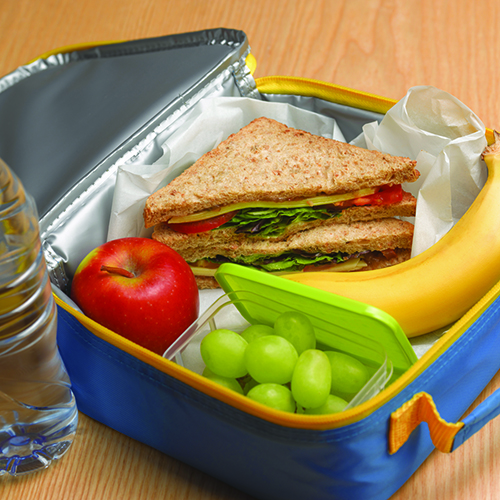Fueling success by using healthy food choices


As the new school year approaches, making sure kids get the right nutrition, is key to supporting their overall health and well-being.
Healthy foods are packed with vital nutrients that are crucial for a child’s growth and development. A varied, nutritious diet helps establish healthy habits, and positive relationships with food and bodies.
However, school-age kids have the lowest diet quality, compared to other age groups, despite having the highest nutritional needs.
Make Fruits and Vegetables Fun – Fruits and vegetables are rich in vitamins, minerals and fiber, promoting healthy digestion and overall wellness. To engage children, frame foods in an appealing and fun way. Instead of labeling foods as “good” or “bad,” explain how different colors and types of foods benefit their health. This approach not only makes eating healthier more interesting, but also helps kids understand the positive impact of their food choices.
Build a Balanced Lunch – The right foods at lunchtime will help children stay focused and energetic throughout their day. Include a mix of carbohydrates (such as grains, rice and pasta) and proteins (like meat, fish, eggs and nuts), along with a variety of fruits and vegetables. Packing a lunch that looks appetizing can also encourage kids to eat. Avoid sending fruits that might become unappetizing by lunchtime, and consider using fun shapes or colorful containers, to make the meal more engaging. Ensure containers are easy to open and remember that many kids have limited time for lunch.
Don’t Skip Breakfast – Breakfast is a crucial part of a child’s day. Kids who eat breakfast tend to perform better in school and have more energy. Whether preparing breakfast at home or utilizing the school breakfast program, aim for a mix of carbohydrates, protein, and fruits or vegetables.
Understand Portion Sizes and Eating Patterns – Kids will have different needs, depending on their hunger and activity levels. While parents choose the foods and timing, it’s important to let kids have a say in deciding which foods to eat and how much. Encourage children to listen to their hunger and fullness cues.
Support Healthy Eating Habits at Home – Eating together not only models healthy relationships with food, but also strengthens family bonds. Kids who eat with their families tend to do better in school and have lower chances of engaging in risky behaviors later on.
If a parent is seeking extra help with their child’s nutrition, talk with their pediatrician. They can help connect with a registered dietitian in the area.




